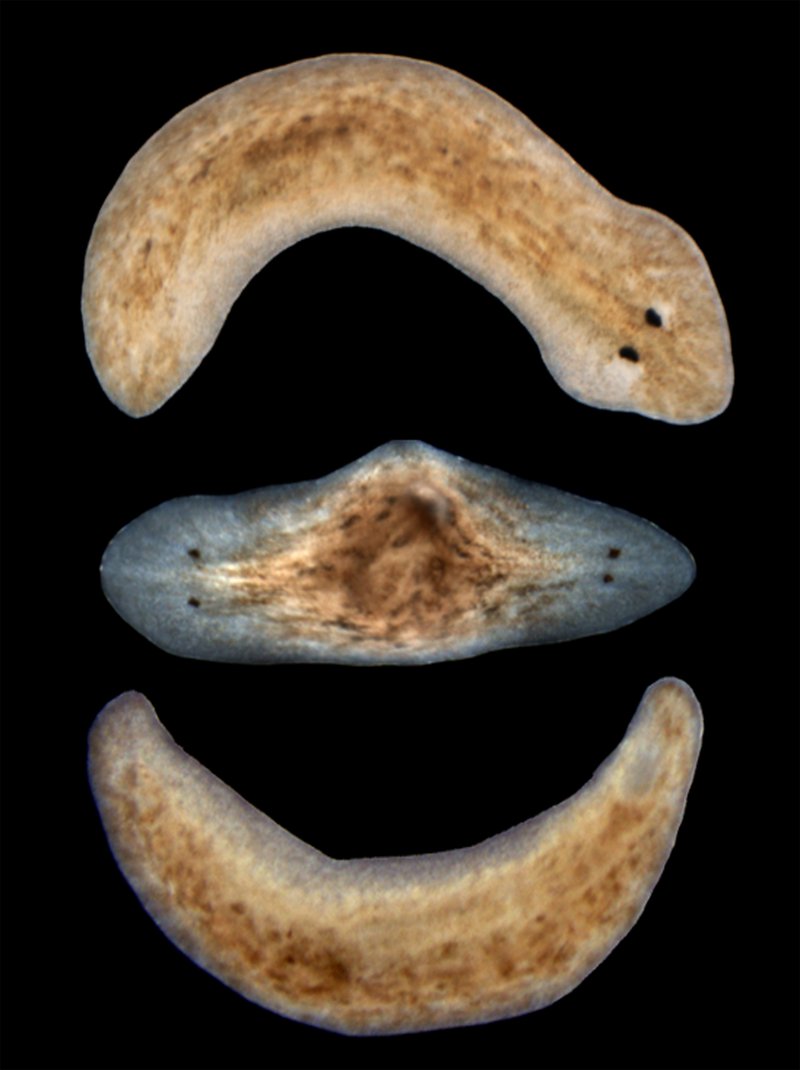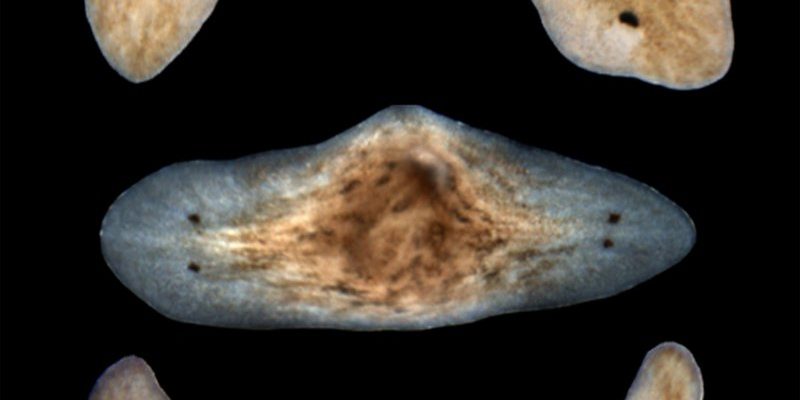
Think of planaria as the ultimate survivalists of the animal world. They can thrive in various environments, from freshwater to terrestrial habitats. Imagine having a creature in your home that not only captures your attention but also teaches you about biology, regeneration, and even the fundamentals of ecosystems. With their low maintenance requirements, planaria can be a great addition to an educational setup or a personal study. But what does it take to keep them in captivity? Let’s find out.
What Are Planaria?
Planaria are freshwater flatworms belonging to the class Turbellaria. They’re easily recognizable by their elongated, flat bodies and distinct heads with eyespots. These creatures can be found in ponds, streams, and moist environments worldwide. While there are many species of planaria, the most commonly studied is *Dugesia magna*—perfect for classroom experiments or home observation.
These fascinating organisms have a few tricks up their sleeves. One of the most intriguing features is their ability to regenerate. If a planarium is cut into pieces, each piece can grow into a complete worm. This capacity for regeneration has made them a subject of research for scientists investigating cellular processes and healing. So, you might be wondering: how do we keep these little wonders in captivity?
Setting Up a Planaria Habitat
Creating the perfect habitat for planaria doesn’t require a Ph.D. in biology. In fact, it’s quite simple! Here’s what you need to set up a suitable environment:
- A Tank: A small aquarium or even a glass container will do. Aim for at least 5 gallons of water to give them enough space to move around.
- Freshwater: Planaria thrive in clean, dechlorinated water. You can use bottled spring water or let tap water sit for 24 hours to allow chemicals to dissipate.
- Temperature: Keep the water temperature between 18°C and 24°C (65°F to 75°F). Stability is key!
- Substrate: Use fine sand or gravel as a substrate. This gives them something to burrow into and feel secure.
Once you have your tank ready, it’s time to introduce your new friends! Adding some aquatic plants can provide them with hiding spots and a natural environment. Planaria love to explore, so the more complex the setup, the better!
Feeding Planaria
Now that you have a cozy home set up, what do planaria eat? They’re not picky eaters, which is great news for their keepers. You can feed them a diet of:
- Chopped liver or beef heart: This is a popular choice for many planaria enthusiasts.
- Fish flakes: A staple for aquarium fish, these can also work for planaria in moderation.
- Microscopic organisms: If you don’t mind a bit of effort, you could culture small organisms like daphnia or vinegar eels as live food.
Feeding planaria is more about the right balance than volume. You don’t want to overfeed, as leftover food can pollute the water. A *pinch* should suffice every couple of days. Honestly, it can be a bit of an art to get the hang of it.
Studying Planaria in a Classroom or Lab
Planaria are fantastic subjects for experiments, especially in biology classes. Their regenerative abilities allow students to explore concepts like cell biology, genetics, and even the ethics of scientific research. If you’re considering using them for educational purposes, here are some ideas:
- Regeneration Studies: Cut planaria into sections and observe how quickly they grow back their body parts. This can spark fascinating discussions about cellular differentiation.
- Behavioral Experiments: You could create mazes to see how planaria navigate their environment. It’s a fun way to study their learning capabilities!
- Environmental Impact Studies: By varying conditions like temperature or light, students can learn how these factors affect living organisms.
Using planaria for educational purposes not only makes learning fun but also encourages students to think critically about both the scientific process and the role of invertebrates in our ecosystems.
Challenges of Keeping Planaria
While planaria are relatively easy to care for, there are challenges you should be aware of. Here are some common issues and how to tackle them:
- Water Quality: Planaria are sensitive to water conditions. Regularly check pH levels, ammonia, and nitrite concentrations. A simple water test kit can be a lifesaver.
- Overpopulation: Planaria can reproduce rapidly under the right conditions. If you notice too many planaria in your habitat, it might be time for a little thinning!
- Mold and Algae: Keep an eye on your tank for signs of mold or algae growth, as these can harm your flatworms. Regular cleaning and maintenance can help keep your tank in good shape.
By staying vigilant and proactive, you can create a healthy environment for your planaria and enjoy watching them thrive.
Can Planaria Be Farmed?
The idea of farming planaria is quite interesting, especially given their regenerative capabilities and potential research applications. However, it’s not as straightforward as one might think. Farming them requires specific setups and an understanding of their life cycle.
Research labs often cultivate planaria to study regeneration and other biological processes. If you’re thinking about farming them, consider:
- Space and Equipment: A larger setup is necessary for farming. Think multiple tanks with different conditions.
- Breeding Program: You’ll need to create optimal conditions for breeding, which means managing water quality, food supplies, and even the temperature.
- Ethical Considerations: Consider how you’ll use planaria in your research or education. Ensure that you’re acting ethically and responsibly when it comes to experimentation.
Farming planaria has potential, especially for educational institutions or research facilities. However, it’s essential to weigh the benefits against the responsibilities of caring for live organisms.
Keeping planaria in captivity offers a unique opportunity to witness the wonders of biology up close. Whether you’re a teacher looking for engaging ways to explore scientific concepts or a curious individual wanting to learn about these fascinating creatures, planaria can deliver.
From setting up the perfect habitat to understanding their feeding needs and studying their remarkable abilities, there’s a lot to discover. Just remember to keep an eye on their water quality, avoid overpopulation, and treat them with care.
Planaria in captivity can be more than just a pet; they’re windows into the wonders of biology and regeneration. So why not take the plunge and start your own planaria adventure?

